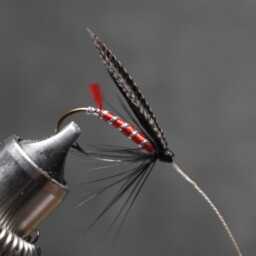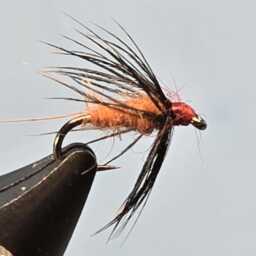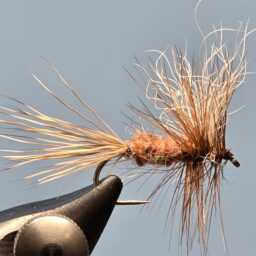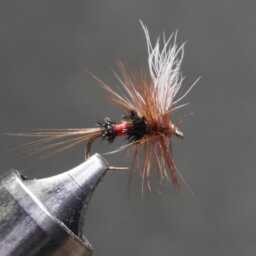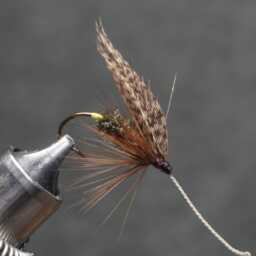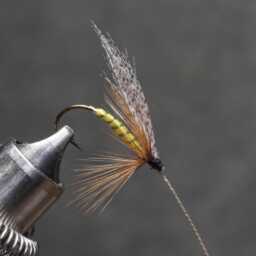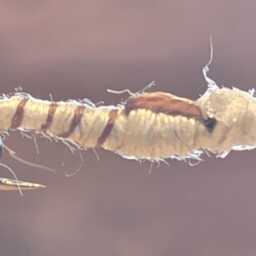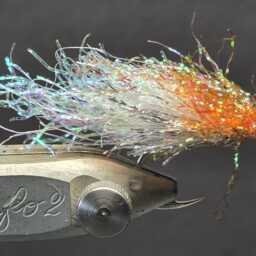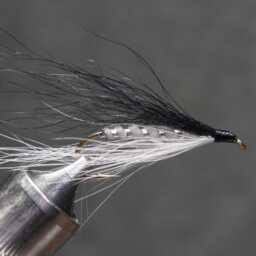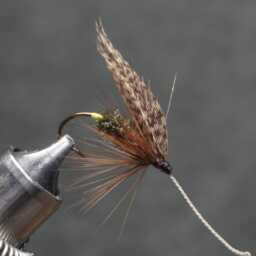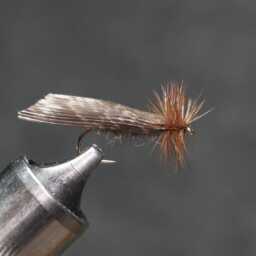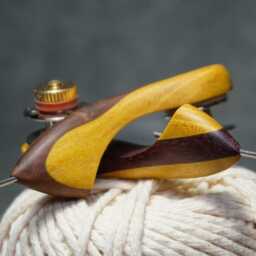This duck offers fly tyers a wide range of materials commonly used in various fly patterns. The blue spectrum feathers serve as wings in the Butcher series and other white flies, while the great flight feathers are ideal for larger traditional dry, wet flies, including those requiring gray feathers for slip wings, bronze or brown bard shoulders, and plumage features. Countless classic wet and salmon flies like Mallory, Clarett, Connemara, Black, Thunder and Lightning, and Blue Charm utilize these feathers.
The silver-gray bird’s flying plumage, both natural and dyed, finds use in miniature wet and dry fly wings. Mallards yield numerous other feathers valuable for fly dressings, including the coveted cul de canard (CDC).
The mallard, also known as the wild duck (Anas platyrhynchos), is a dabbling duck found across temperate and subtropical regions of the Americas, Eurasia, and North Africa. It has been introduced to various regions like New Zealand, Australia, and South America. Classified under the subfamily Anatinae in the Anatidae waterfowl family, males have vibrant green heads, while females primarily have brown-speckled plumage. Both genders possess distinct speculum feathers on their wings, with males typically displaying blue speculum feathers.
Measuring 50–65 cm (20–26 in) in length, the mallard has a wingspan of 81–98 cm (32–39 in) and weighs 0.7–1.6 kg (1.5–3.5 lb), making it slightly heavier than other dabbling ducks. Mallards thrive in wetlands, feeding on water plants and small creatures, and are social animals, often congregating in groups.
Considered a species of least concern by the IUCN, mallards can be invasive in certain areas, adapting well to urban environments. However, their interbreeding with indigenous wild ducks raises concerns about the potential extinction of native waterfowl species due to genetic pollution. Additionally, the mallard serves as the primary ancestor of most domestic duck breeds, contributing to the genetic alteration of its wild gene pool through interactions with feral and domestic populations.
The male mallard features a distinctive green head, white collar, and purple-tinged brown breast, while the female is predominantly mottled with buff cheeks. Mallards exhibit unique iridescent feathers and undergo plumage changes as they mature, with juveniles and adults displaying various distinguishing features.
This species’ genetic variability enables frequent mutations, resulting in a wide array of hybrids, such as the Brewer’s duck. Mallards also display regional vocal variations and are known for their characteristic quacks. The bird showcases rare examples of Allen’s Rule and Bergmann’s Rule in birds, exemplified by its size variations across different climates and environments.
« Back to Glossary Index
